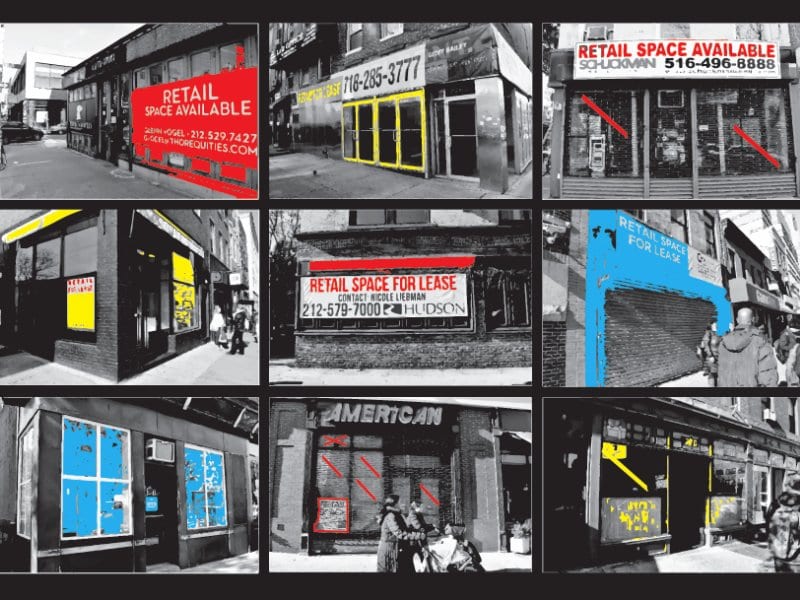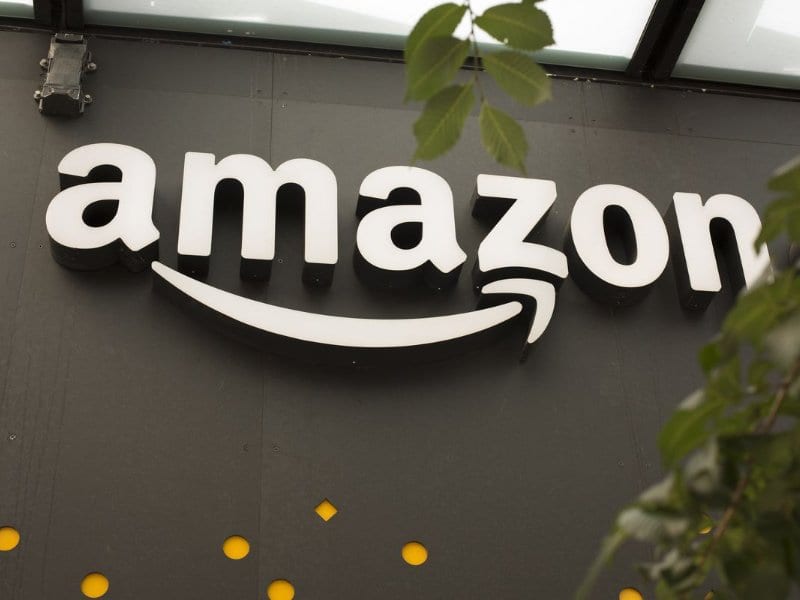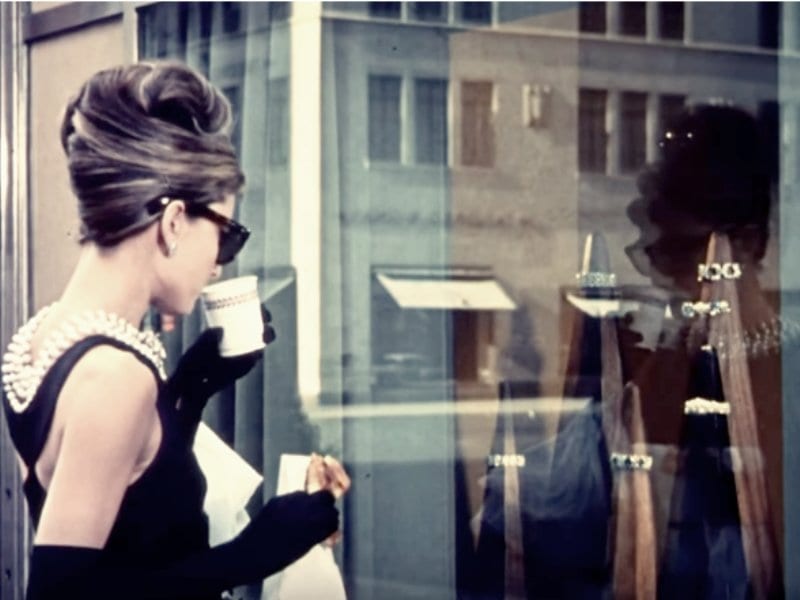If you wish to witness, firsthand, the grim future of store-front retailing, just walk about 9 blocks from Broadway from the 57th street all the way to 48th Street, while you start counting the retail stores you see open for business. The total number of open stores is exactly one — a small little place where people go to purchase drones.
 We kid you not, on an entire nine block stretch of what is supposed to be the world’s most famous bustling avenue, just south from the ever-crowded Time Warner Center & a planned Nordstrom store, is a wasteland which once was a shopping hub. Of course, you will still find your cafes, restaurants, banks, theatres, discount stores and fast-food joints and then you see many empty spaces, advertising retail opportunities.
We kid you not, on an entire nine block stretch of what is supposed to be the world’s most famous bustling avenue, just south from the ever-crowded Time Warner Center & a planned Nordstrom store, is a wasteland which once was a shopping hub. Of course, you will still find your cafes, restaurants, banks, theatres, discount stores and fast-food joints and then you see many empty spaces, advertising retail opportunities.
What’s really happening?
It’s not just 57thto 48thStreet, the same story for the rest of Manhattan. Retail companies, landlords and real estate developers may tell you not to worry, for this is just a phase of transition, which will correct itself soon. But, that isn’t the truth. Brick-and-mortar retail stores are shrinking at such an alarming rate that it would need a mammoth change right now if we wish to revive them. Even the most profitable of the global chains are feeling victimized, with The New York Times reporting that H&M had $4.3 billion worth of unsold merchandise.
 Who do we blame for this? Online shopping. Think of it, we all shop online now and isn’t it so much easier to buy a smartphone or clothes or a light bulb online and have it delivered to your doorstep? Not to mention, it saves us a lot of time and fuel, avoiding slow-moving lines and people gazing while waiting.
Who do we blame for this? Online shopping. Think of it, we all shop online now and isn’t it so much easier to buy a smartphone or clothes or a light bulb online and have it delivered to your doorstep? Not to mention, it saves us a lot of time and fuel, avoiding slow-moving lines and people gazing while waiting.
The Rise of Empty Spaces
Online stores like Amazon make it so much easier to shop for and even return goods that don’t live up to the customer’s expectations. We could go on and on about the pleasures of online shopping. And still, it’s a little weird to imagine that one of the great pleasures of having storefronts – window shopping- may cease to exist altogether. Can you think of all the iconic and much-loved movies which involve window shopping? At this fast-progressing rate, we are looking at a very dark future for one of our favorite pastimes.
 Amazon and similar online-buying services account for 9.1% of all of USA’s retail sales — starting from just 5.1% at the end of 2011, says US Census Bureau. If this growing trend is any indication, we don’t need to doubt that the numbers will rise further. And yet, real estate developers seem to be adding to the growing number of empty stores by putting up huge areas of retail sites along popular streets and areas. A load of hotels, new office towers and apartment buildings are opening up prime retail spaces for renting.
Amazon and similar online-buying services account for 9.1% of all of USA’s retail sales — starting from just 5.1% at the end of 2011, says US Census Bureau. If this growing trend is any indication, we don’t need to doubt that the numbers will rise further. And yet, real estate developers seem to be adding to the growing number of empty stores by putting up huge areas of retail sites along popular streets and areas. A load of hotels, new office towers and apartment buildings are opening up prime retail spaces for renting.
The truth remains that very few retailers and renters can actually afford $250 per sq. ft. for rent annually — and still there are landlords who ask for $400 a sq. ft., all the way to $2,000 for a sq. ft. in prime areas like Times Square and Fifth Avenue. Bill de Basio, the Mayor of New York would like to fine these landlords who keep these kinds of prime retail spaces unoccupied, that is only until they chance upon someone who is willing to pay these sky-high rates.
The great ‘Vacancy Crisis’
New York’s crisis can be attributed to the same factors which have wiped out chain stores and malls all across the United States: the rise and rise of online shopping, shoppers’ changing tastes and takeovers which have burdened the poor retailers with too much debt. Most people do not see any evil in the closure of a few small or big retail stores. They didn’t shop at Payless Shoes, BCBG, J Crew, Banana Republic, Kmart, Macy’s, Toys R Us, JC Penney, anyways, so a few thousands of their stores, which have closed down, do not matter much.
 The millennials, as we are informed have no love lost for sportswear, housewares, appliances or bookstores anymore, their place is being taken up by hipster coffee places, spas, eateries and gyms. The new fad in shopping being ‘experiential retail’ – a rather ambiguous name which could mean anything from virtual mirrors to holographic shopping assistants.
The millennials, as we are informed have no love lost for sportswear, housewares, appliances or bookstores anymore, their place is being taken up by hipster coffee places, spas, eateries and gyms. The new fad in shopping being ‘experiential retail’ – a rather ambiguous name which could mean anything from virtual mirrors to holographic shopping assistants.
The retail ghost town is avoidable and the dark storefronts can be brought back to life, but this would require the city to relax their zoning rules. Also, the waste of prime acres of retail spaces must be strongly discouraged, so that retailers; small, medium or large can occupy these stores and sell their wares and services. Else, the whole city would look like the Broadway in the ’50s — only salad bars and pitch-dark windows.




